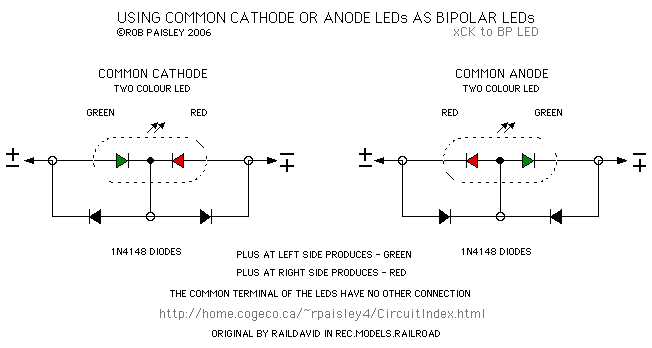

Let us not hesitate to write, paraphrasing Rutherford, implicit is nothing but poor explicit.įind out more about potentiostats and battery cyclers

Texts describing battery anodes or cathodes certainly implicitly consider the case of the discharge. During charge the positive is an anode, the negative is a cathode.During discharge the positive is a cathode, the negative is an anode.On the other hand, the role of each electrode is switched during the discharge/charge cycle. 1).įigure 3: Discharge/charge of a secondary battery represented as an electrochemical cell, with electrons and current direction.ĭuring normal use of a rechargeable battery, the potential of the positive electrode, in both discharge and recharge, remains greater than the potential of the negative electrode. The electrochemical reaction that takes place at the negative of the zinc electrode of a Nickel-Zinc battery during discharge : But since there is a connection to the canopy due to the suspension of the pendulum by the coaxial cable and its screen (which should act as a negative pole), I need a KSQ which works with a common cathode. An oxidation reaction is an electrochemical reaction that produces electrons. The pendulums each have built-in LED modules which require a constant current of 700mA / approx.Related Searches: Shipping to: Language: Currency: Hello Sign in Join.
LED ANODE AND CATHODE FREE
During charge, the positive electrode is an anode, and the negative electrode is a cathode. Buy the best and latest led anode cathode on offer the quality led anode cathode on sale with worldwide free shipping. During discharge, the positive electrode is a cathode, and the negative electrode is an anode. The positive electrode is the electrode with a higher potential than the negative electrode. When naming the electrodes, it is better to refer to the positive electrode and the negative electrode. In a battery, on the same electrode, both reactions can occur, whether the battery is discharging or charging. A cathode is an electrode where a reduction reaction occurs (gain of electrons for the electroactive species). An anode is an electrode where an oxidation reaction occurs (loss of electrons for the electroactive species). The purpose of this article is to clarify and clearly define these different terms. The terms anode, cathode, positive and negative are not synonymous, they can sometimes be confused, which can lead to errors. In this video you will go through three methods of finding anode (positive terminal) and cathode (negative terminal) of the commonly used LED's.There is also. Consequently the terms anode, cathode, positive and negative have all gained increasing visibility.Īrticles on new battery electrodes often use the names anode and cathode without specifying whether the battery is discharging or charging. This work helped lead to the 2019 Nobel Chemistry Prize being awarded for the development of Lithium-Ion batteries. Significant developments have been made in the field of rechargeable batteries (sometimes referred to as secondary cells) and much of this work can be attributed to the development of electric vehicles. Anodes, cathodes, positive and negative electrodes: a definition of terms






 0 kommentar(er)
0 kommentar(er)
